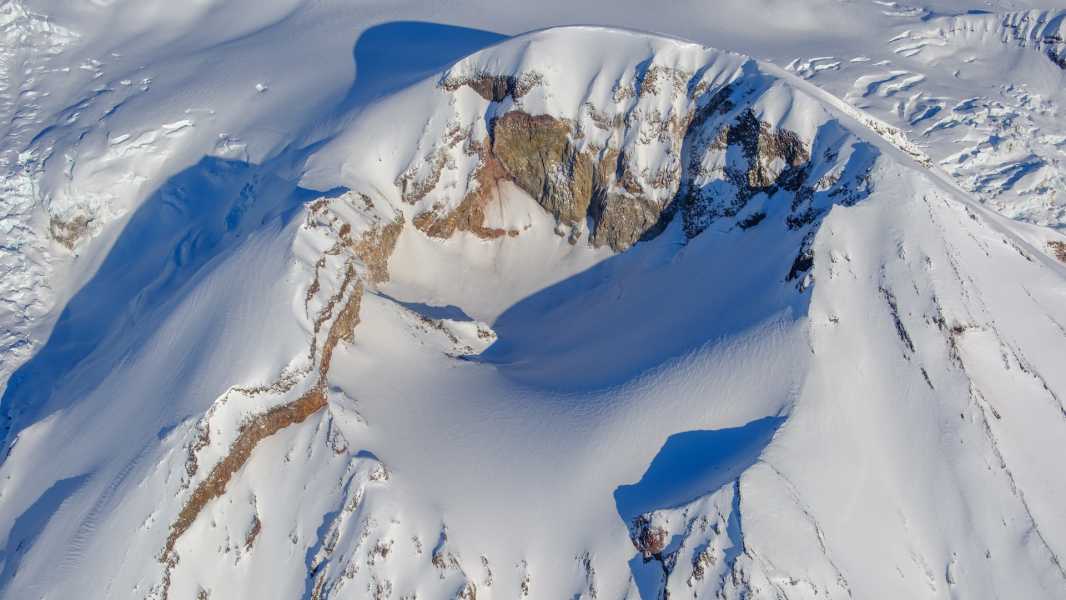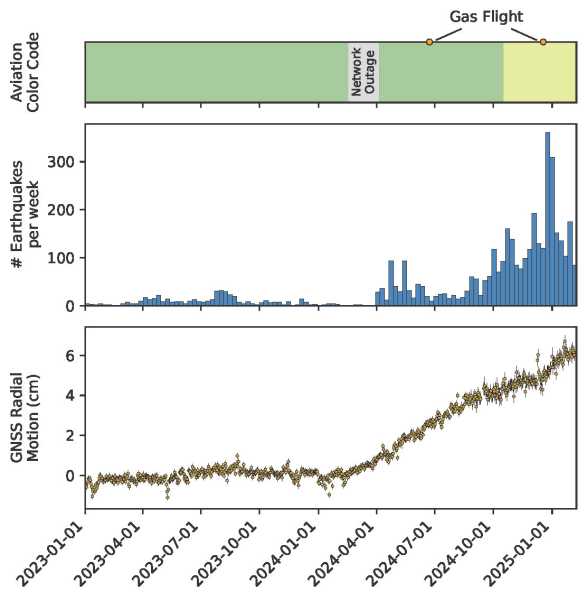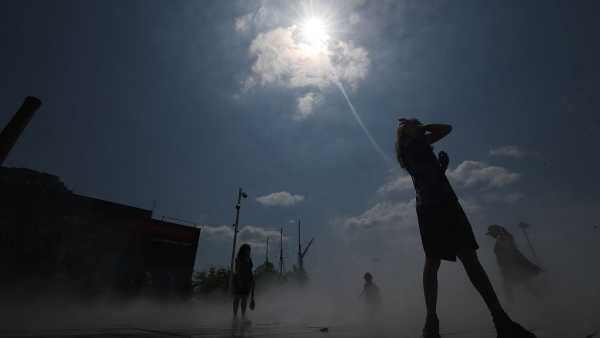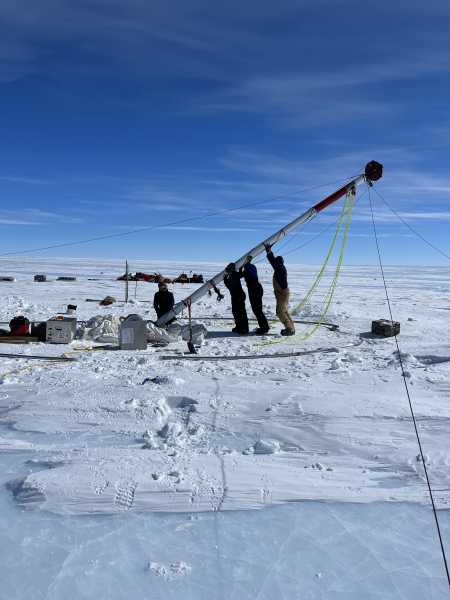
Mount Spurr's crater summit as seen from the south on Feb. 7 during a helicopter photo and gas survey. (Photo Credit: AVO/USGS)
A volcanic eruption could occur in Alaska, likely sending avalanches of hot ash and mud down the mountain's slopes.
Mount Spurr, a snow-capped stratovolcano located 77 miles (124 kilometers) across Cook Inlet from Anchorage, has been experiencing small earthquakes since April 2024, according to information from the Alaska Volcano Observatory (AVO). The activity is likely due to the movement of new magma beneath the volcano. While that movement could cease without an eruption, AVO has warned of the possibility of the volcano exploding.
“There have been more earthquakes here than usual for many months,” Matt Haney, AVO’s lead scientist at the U.S. Geological Survey, told Live Science. “But over the last month, both the number and location of earthquakes have changed.”
The earthquakes have moved from the summit area to a new zone about 2 miles (3 km) downslope, in the area of a lateral vent known as Crater Peak. That crater last erupted in 1992 and also caused an eruption in 1953. In both cases, the volcano sent plumes of ash 65,000 feet (20,000 meters) into the atmosphere. Haney said there was a 50-50 chance it would happen again.
Another possible scenario is that the magma movement stops without any volcanic activity. Mount Spurr has shown signs of unrest without eruptions in the past. For example, the volcano experienced a spike in earthquakes in 2004 and 2005, but had calmed down by 2006, Haney said.
The least likely scenario is an eruption in the crater at the top of the mountain, something that hasn't happened on Spurr in the last 5,000 years. Crater eruptions are becoming less frequent, Haney said, and the shift of earthquakes toward the Crater's peak suggests the mountain is less likely to blow its top, just its flank.

Seismic activity in the Mount Spurr area has increased significantly over the past two years and continues to increase.
If an eruption does occur, the mountain could produce explosive ash plumes and pyroclastic flows — avalanches of hot gas, ash, and rock moving at speeds of more than 200 miles per hour (320 km/h). Melting snow and ice could also create mudflows known as
Sourse: www.livescience.com





